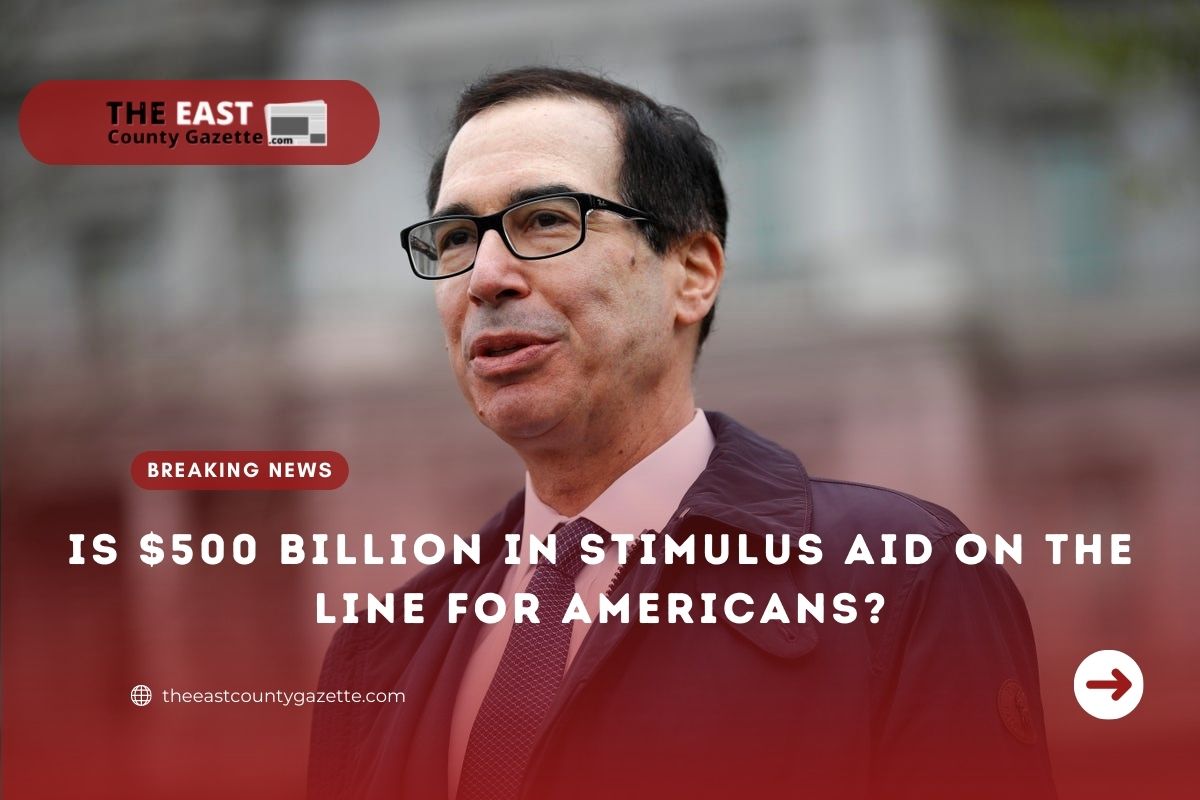The U.S. economy has recovered substantially from the impact of the pandemic at this point. But it hasn’t always been like this.
Much of 2020 and the first few months of 2021 were characterized by unemployment and a lack of employment opportunities. In addition, childcare constraints kept many workers from participating in the labor force due to a lack of consistent in-person education.
Due to severe income loss and rising costs in recent months, millions of Americans have been unable to make ends meet amid falling rent since March 2020. Multiple stimulus packages designed to throw Americans a financial lifeline were approved by Congress in response to the public’s need for relief.
We’ve seen increased unemployment benefits, enhanced tax credits, mortgage forbearances, eviction bans, and rental assistance programs in recent months. Furthermore, American bank accounts received three separate rounds of stimulus payments.
A total of 4.5 trillion dollars in stimulus funding has been approved by Congress. Yet only about $4 trillion has been allocated to existing initiatives by federal agencies. Approximately $500 billion of the stimulus funds are still available. The question is what will be done with them?
Can We Expect More Assistance?
It’s not necessary to use all of the $4.5 trillion Congress allocated for COVID-19 relief. The money that’s not used for such relief measures may be redirected to other government purposes.
So, Americans shouldn’t think about a fourth stimulus check, since it’s very likely lawmakers will decide to use the remaining $50 billion for other purposes. Furthermore, it’s not essential that lawmakers move quickly on their decision on the fund remains. COVID-19 relief funds have deadlines for using them up, but the deadlines can be years away in some cases.
Education, healthcare, and disaster relief have been underfunded by the government. As a result, there is no money left in the stimulus pot, having spent $844 billion.
Possibly, some of those funds are being strategically held by the government. As an example, approximately $70 billion of disaster relief funds remain. Legislators might want to hold on to that money and use it when a big catastrophe occurs, like a major storm.
A further $200 billion is due to be used for education until 2025. In the coming years, school districts across the country may decide to set aside some of those funds to cope with their changing needs.
Read More: What You Need to Know About Cryptocurrency Filing With IRS
Funds Could Be Used For Vaccines And Testing
Because of the economy’s deteriorating state and low unemployment rates, lawmakers are unlikely to spend leftover COVID-19 relief funds on direct stimulus. A portion of the money may instead be used to bolster COVID-19 testing and vaccination campaigns.
COVID-19 cases are still surging even though the economy may be doing much better now than during the crisis. Making allocations to alleviate the ongoing health crisis makes perfect sense.

